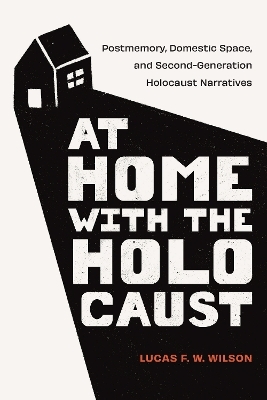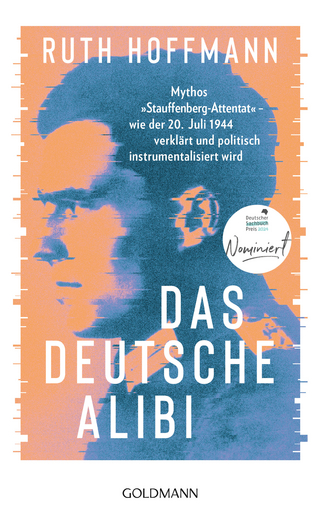
At Home with the Holocaust
Rutgers University Press (Verlag)
978-1-9788-3981-6 (ISBN)
- Noch nicht erschienen (ca. März 2025)
- Versandkostenfrei innerhalb Deutschlands
- Auch auf Rechnung
- Verfügbarkeit in der Filiale vor Ort prüfen
- Artikel merken
At Home with the Holocaust examines the relationship between intergenerational trauma and domestic space, focusing on how Holocaust survivors’ homes became extensions of their traumatized psyches that their children “inhabited.” Analyzing second- and third-generation Holocaust literature—such as Art Spiegelman's Maus, Jonathan Safran Foer's Everything is Illuminated, Sonia Pilcer's The Holocaust Kid, and Elisabeth Rosner's The Speed of Light—as well as oral histories of children of survivors, Lucas F. W. Wilson's study reveals how the material conditions of survivor-family homes, along with household practices and belongings, rendered these homes as spaces of traumatic transference. As survivors’ traumas became imbued in the very space of the domestic, their homes functioned as material archives of their Holocaust pasts, creating environments that, not uncommonly, second-handedly wounded their children. As survivor-family homes were imaginatively transformed by survivors’ children into the sites of their parents’ traumas, like concentration camps and ghettos, their homes catalyzed the transmission of these traumas.
LUCAS F. W. WILSON is a SSHRC Postdoctoral Fellow at University of Toronto Mississauga. He is the editor of Shame-Sex Attraction: Survivors’ Stories of Conversion Therapy, as well as the coeditor of Emerging Trends in Third-Generation Holocaust Literature.
Preface
Introduction
1 Postmemorial Structures: The “Space” and “Stuff” of Survivor-Family Homes
2 “Remember, my house it’s also your house too”: Postmemorial Structures in Art Spiegelman’s Maus
3 Domestic(ated) (Un)fashioning: Sonia Pilcer’s The Holocaust Kid
4 A Tale of Two Storeys: Upper and Lower Space and Postmemorial Divergences in Elizabeth Rosner’s The Speed of Light
5 Pre/Occupied Longing: Toward a Definition of Postnostalgia in Jonathan Safran Foer’s Everything Is Illuminated
6 Conclusion
Appendix
Acknowledgments
Bibliography
Index
Preface ix
Introduction 1
1 Postmemorial Structures: The “Space” and “Stuff” of Survivor-Family Homes 15
2 “Remember, my house it’s also your house too”: Postmemorial Structures in Art Spiegelman’s Maus 32
3 Domestic(ated) (Un)fashioning: Sonia Pilcer’s
The Holocaust Kid 51
4 A Tale of Two Storeys: Upper and Lower Space and Postmemorial Divergences in Elizabeth Rosner’s The Speed of Light 76
5 Pre/Occupied Longing: Toward a Definition of Postnostalgia in Jonathan Safran Foer’s Everything Is Illuminated 101
Conclusion 124
Appendix 133
Acknowledgments 135
Notes 139
Bibliography 161
Index 000
| Erscheint lt. Verlag | 11.3.2025 |
|---|---|
| Zusatzinfo | 0 figures |
| Verlagsort | New Brunswick NJ |
| Sprache | englisch |
| Maße | 152 x 229 mm |
| Gewicht | 454 g |
| Themenwelt | Geschichte ► Allgemeine Geschichte ► 1918 bis 1945 |
| Sozialwissenschaften ► Soziologie | |
| ISBN-10 | 1-9788-3981-2 / 1978839812 |
| ISBN-13 | 978-1-9788-3981-6 / 9781978839816 |
| Zustand | Neuware |
| Haben Sie eine Frage zum Produkt? |
aus dem Bereich


